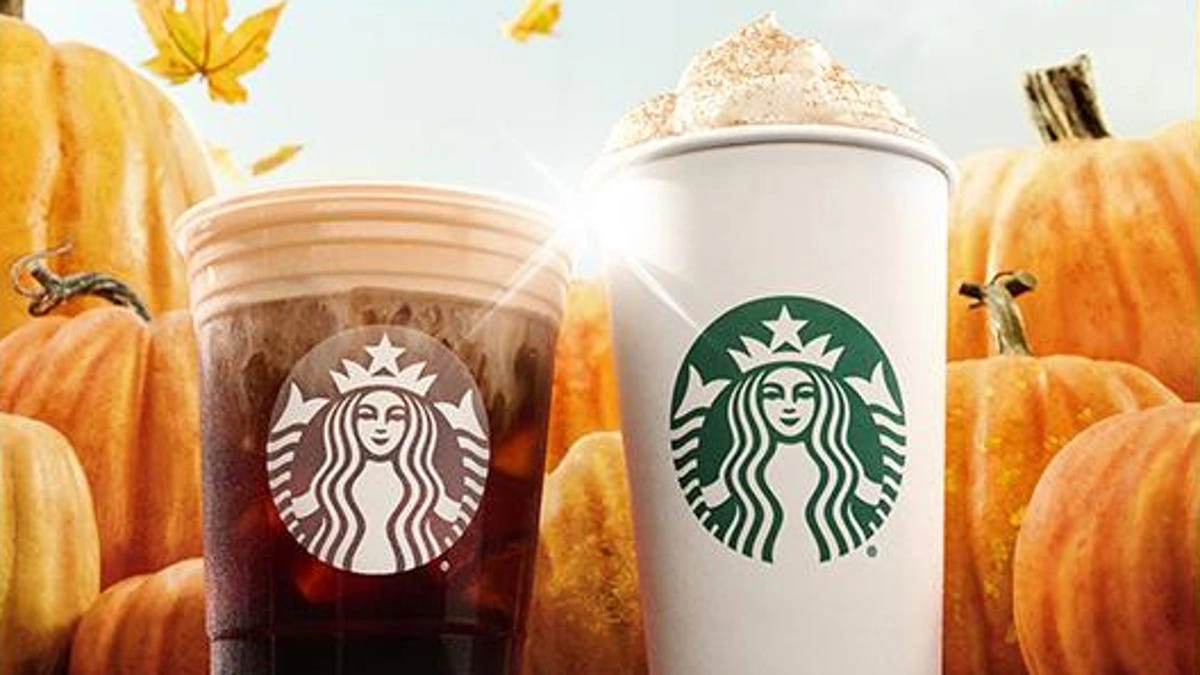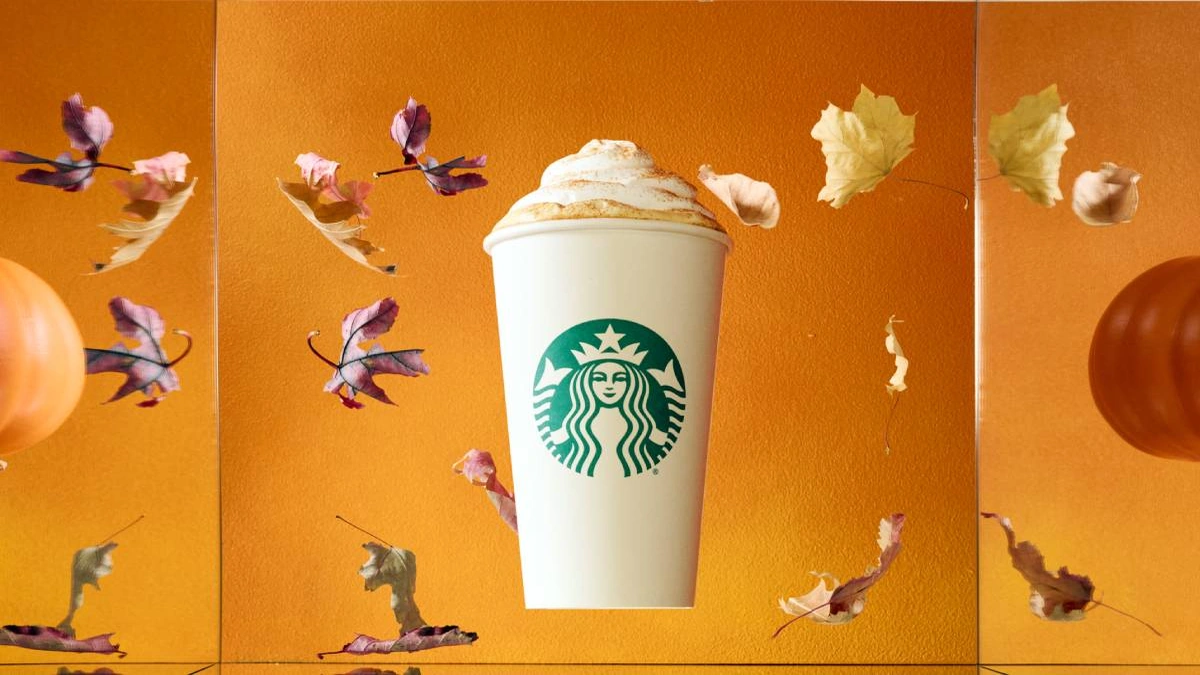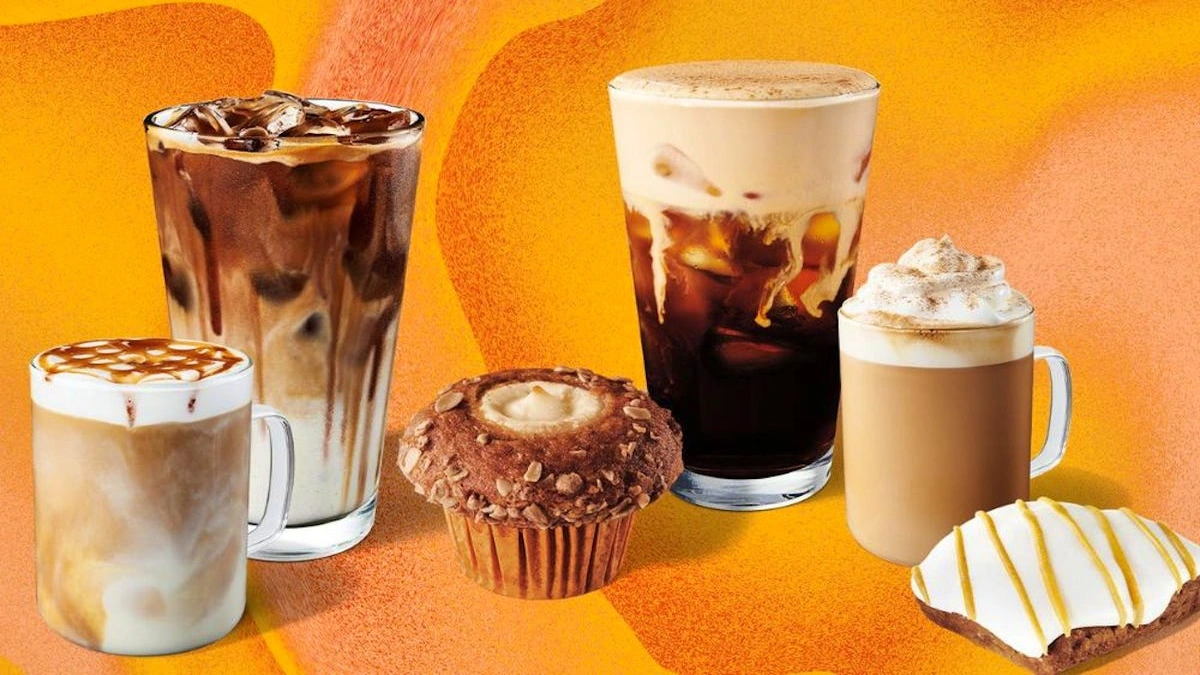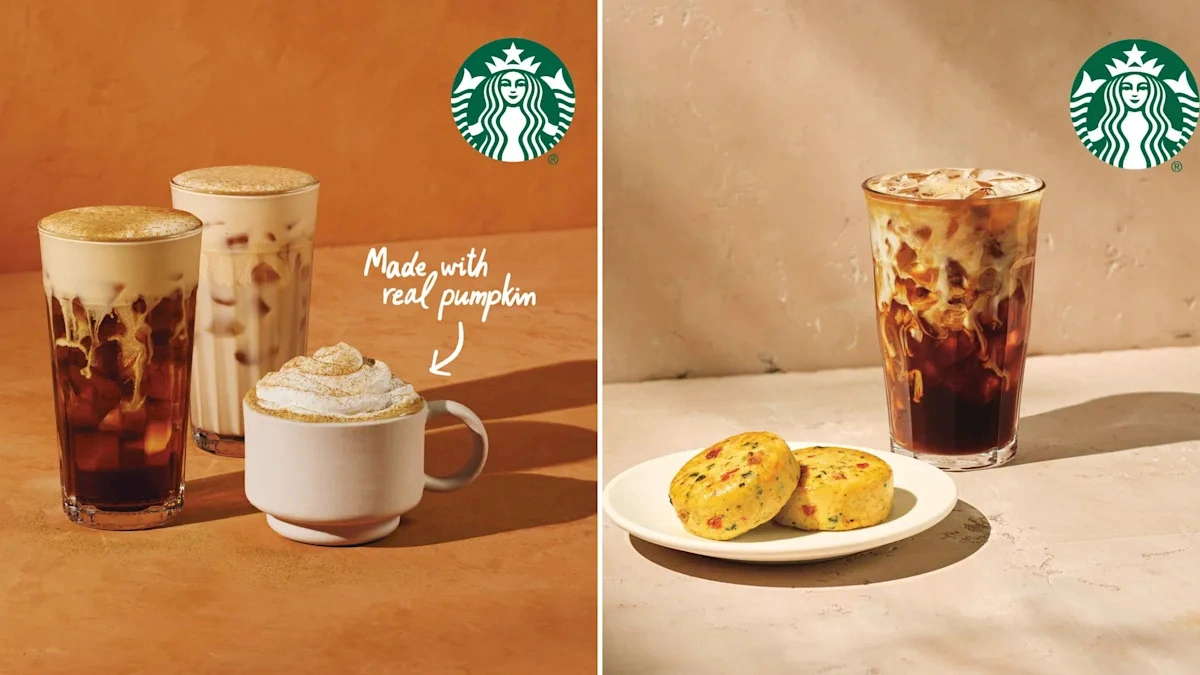Let’s be honest. For weeks, your Instagram feed has probably been hinting at it. The memes, the breathless anticipation from friends who’ve lived abroad… It’s not a new phone, it’s not a blockbuster movie. It’s a coffee.
But not just any coffee. We’re talking about the Pumpkin Spice Latte . The PSL. The drink that basically owns an entire season in the West.
And now, it’s officially, properly here in India. The iconic paper cup with that familiar green logo is serving up this legendary autumnal drink across the country. The arrival of the pumpkin spice starbucks menu is less a product launch and more of a cultural event. But what fascinates me is the journey this particular flavour has taken to land in a Starbucks in Mumbai or Delhi, where ‘autumn’ means pleasant evenings and the start of the festive season, not exactly golden leaves and chilly winds.
So, I decided to do a deep dive. Think of me as your coffee-obsessed friend who’s spent way too much time thinking about this, so you don’t have to. What is this drink? Why is it a global phenomenon? And most importantly, is it actually worth your time and money?
First, What Exactly Is a Pumpkin Spice Latte?

Let’s get the basics out of the way. When you hear “Pumpkin Spice,” your brain might conjure up images of a kaddu ki sabzi. Please, erase that thought immediately. It’s not that.
The “pumpkin” part is a pumpkin-flavoured syrup. But the real magic, the star of the show, is the “spice.” We’re talking about a warm, comforting blend of cinnamon, nutmeg, clove, and ginger. Sound familiar? It should. It’s a stone’s throw away from the spice blend you’d find in a really good masala chai.
Here’s the thing: The traditional Starbucks Pumpkin Spice Latte is a carefully constructed beverage:
- Espresso: The caffeinated kick that makes it a latte.
- Steamed Milk: For that creamy, velvety texture.
- Pumpkin Spice Sauce: A blend of sugar, condensed milk, pumpkin puree, and those glorious spices.
- Whipped Cream: Because, why not?
- Pumpkin Spice Topping: A final dusting of the spice mix.
So, it’s not just a pumpkin-flavoured coffee. It’s a sweet, spicy, creamy, caffeinated dessert in a cup. And that’s a crucial distinction. It’s an indulgence, a treat. And that’s a big part of its appeal.
The Psychology of the PSL | How Starbucks Sold Us Autumn in a Cup

I initially thought the appeal was just the novelty. A new flavour, a bit of fun. But the more I looked into it, the more I realised the PSL’s success is a masterclass in marketing psychology. It’s less about the liquid in the cup and more about the feeling it evokes.
The entire phenomenon is built on two powerful pillars.
First, there’s scarcity and FOMO (Fear Of Missing Out) . The PSL is a Starbucks seasonal drink . It appears for a few months and then vanishes. This limited-time availability creates an incredible sense of urgency. You have to get it now, or you’ll have to wait a whole year. This simple marketing trick transforms a coffee into an event. It’s the “mango season” of the coffee world.
But the real genius is the second pillar: nostalgia and emotional association . In the US and Europe, the PSL is inextricably linked to the feeling of autumn cozy sweaters, crunchy leaves, Halloween, and the lead-up to Christmas. As the weather turns cold, this warm, spicy drink feels like a hug in a mug. It’s selling a comforting, happy feeling. Starbucks didn’t just invent a drink; as theWikipedia page on the phenomenonnotes, they bottled a season.
Now, how does this translate to India? We don’t have the same cultural cues for autumn. But what we do have is global exposure. We’ve seen the PSL in American movies and TV shows for years. We’ve seen our friends abroad post about it. Its arrival here isn’t just about a new drink; it’s about finally getting to participate in a global cultural conversation. It’s a taste of a world we’ve only seen on screen.
The Great Indian Adaptation | Will It Work for Our Palate?

Global brands that succeed in India know one thing: you have to adapt. McDonald’s gave us the McAloo Tikki. Domino’s gave us the Paneer Makhani pizza. So, has Starbucks tweaked the pumpkin spice latte India version for our tastes?
The answer is both yes and no.
The core flavour profile remains the same they are selling the authentic Western experience. However, the execution is brilliantly Indian-ified. Starbucks knows that a steaming hot latte might not be the top choice on a 30-degree October afternoon in Chennai. That’s why the Starbucks India autumn menu prominently features the Iced Pumpkin Spice Latte and the Pumpkin Spice Frappuccino. It’s the same iconic flavour, but delivered in a format that makes sense for our climate. A simple, yet brilliant, adaptation.
But here’s the million-rupee question: Do we even like the taste? The spice blend cinnamon, clove, nutmeg is right up our alley. We are a nation that loves its masala. The sweetness, however, might be divisive. The PSL is unapologetically sweet. If you’re someone who loves a rich, dessert-like beverage (think a thick cold coffee or a decadent falooda), you’ll likely enjoy this. If you prefer your coffee dark, bitter, and strong, this might feel like a bit of a shock to the system.
It’s this intersection of familiar spices and a new-world format that makes it so interesting. It challenges our perception of what coffee can be, pushing the boundaries of our national coffee culture .
Is It Worth the Hype (and the Price)? A No-Nonsense Verdict

Alright, let’s talk brass tacks. The PSL starbucks price India is in the premium category, typically starting around ₹400-450 for a tall size and going up from there. That’s a significant amount for a single cup of coffee.
So, is it worth it?
Here’s my brutally honest take. You are not just paying for coffee, milk, and syrup. You’re paying for an experience. You’re paying for the hype, the Instagram post, the feeling of being part of a global trend. For that reason alone, I think it’s worth trying at least once. Just to see what all the fuss is about.
As for the taste, here’s a simple guide:
- You’ll probably love it if: You enjoy sweet, milky, and spiced beverages. If your go-to is a Caramel Frappuccino or a sweet masala chai, you’re the target audience.
- You might want to skip it if: You are a coffee purist. If you drink your coffee black or with minimal sugar, the PSL’s sweetness might be overwhelming.
My personal tip? If you find the default version too sweet, ask the barista to make it with one less pump of the pumpkin sauce. Customisation is key at Starbucks. The coffee giant JDE Peet’s , a competitor, also focuses on customizable experiences, but Starbucks has made it their signature.
Ultimately, the question of ” is pumpkin spice latte good ” is subjective. But is it interesting? Absolutely.
Your Burning PSL Questions, Answered
What’s actually in the Pumpkin Spice Latte?
The main ingredients are espresso, steamed milk, and a “Pumpkin Spice Sauce” which contains sugar, milk, a small amount of pumpkin puree, and spices like cinnamon, nutmeg, and clove. It’s topped with whipped cream and a spice dusting.
How much does the PSL cost in India?
Prices can vary slightly by city, but you can expect to pay around ₹430 for a “Tall” (small) size, with prices increasing for Grande and Venti sizes. Taxes are extra.
Is the Pumpkin Spice Latte very sweet?
Yes, by default, it is a very sweet drink. It’s more of a dessert coffee. If you prefer less sweetness, you can ask the barista to reduce the number of pumps of the pumpkin sauce.
Can I get it as a cold coffee?
Definitely! In India, Starbucks offers the Pumpkin Spice Latte in three versions: the classic hot latte, an Iced Pumpkin Spice Latte, and a blended Pumpkin Spice Frappuccino. The iced and Frappuccino versions are perfect for warmer weather.
How long will it be available on the menu?
The Pumpkin Spice Latte is a seasonal offering. It typically appears in early October and stays on the menu for a limited time, usually through the autumn and early winter season. It’s best to grab it while you can!
The arrival of the Pumpkin Spice Latte in India is more than just a new item on a menu. It’s a sign of our increasingly globalised culture, a testament to the power of brilliant marketing, and a chance to taste a piece of pop culture. It’s a conversation starter in a cup.
And in the end, isn’t that what sitting in a coffee shop is all about?




